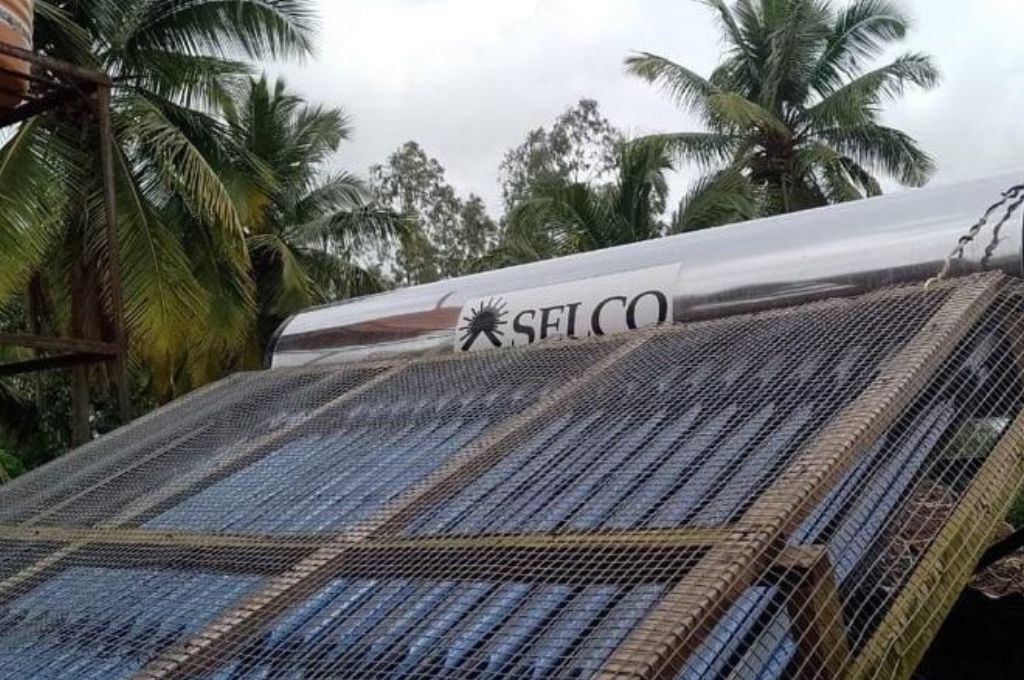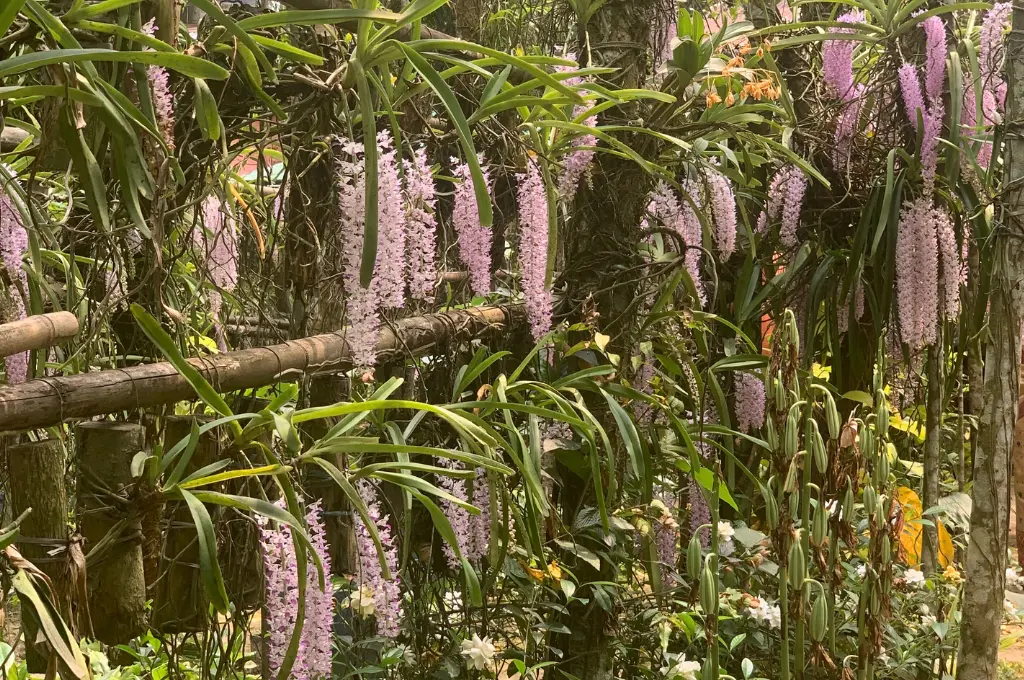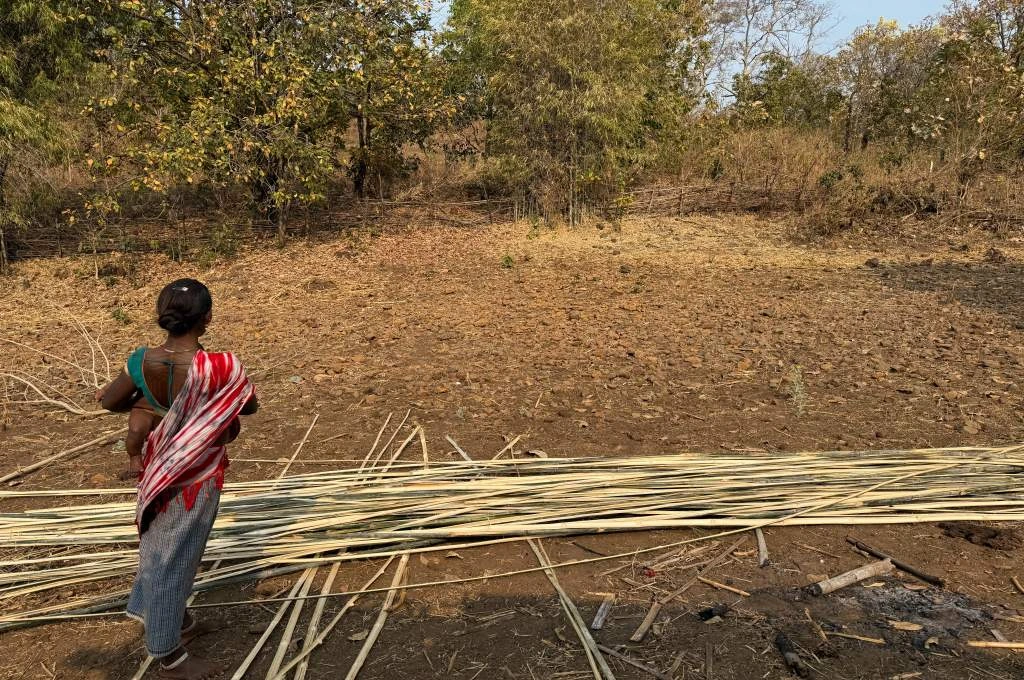Gone with the wind: How to protect a small DRE in a storm

Solar (photovoltaic) systems are one of the most cost-effective and easy-to-install decentralised renewable energy (DRE) systems around. However, installing them in different geographies comes with unique challenges. In the last four years, SELCO Foundation has set up more than 1,500 solar systems for public health centres across 12 states, and each of these states has taught us valuable lessons in adapting to social, topographical, and climatic variations.
Several regions, for example, experience frequent and extreme weather events such as lightning, cyclone, and rain. In Meghalaya, anticipating cyclonic conditions, we adapted our solar module mounting structures (MMSs)—that hold solar panels securely in place—for high wind speeds and lightning strikes. We set up these systems at primary and community health centres as part of our Energy for Health initiative. The systems were fitted with lightning arrestors to prevent the inverters from burning out. But the arrestors were more powerful than needed and attracted lightning from surrounding areas, which damaged them. This is how we learned that arrestors should only be installed for systems larger than 3 KW; they should be placed at a height, at a small distance from the building; and a higher-grade arrestor should only be selected for regions prone to more intense lightning.
In Hazaribagh in Jharkhand, wind speeds were much higher than expected and several MMSs were destroyed. This made us appreciate the need for stronger quality checks of both material and practices, such as better grouting and welding of structures in windy areas.
In Assam’s Jorhat district, where heavy rainfall and floods are common, we had to elevate the batteries so they wouldn’t get damaged when the water level rose. In high-flood areas, the rack on which the batteries are placed should be taller than 3–5 ft or mounted on a wall.
Places prone to frequent sandstorms, such as parts of north-western and central India, will require panels to be cleaned frequently. Self-cleaning mechanisms like robots are currently too expensive for small DREs, and so deploying someone to wipe down the panels with a cloth is an economical option. Wildlife and theft are other challenges.
Monkeys, for example, sit on panels in winter because they are warm but end up breaking them. Covering the entire MMS and the panels with a steel mesh is one solution, and it only marginally reduces the efficiency of the system. Such an enclosure is also effective in cyclonic conditions.
Theft and breakage tend to occur with public assets, particularly when the location is remote and the staff is small. Approximately 10 percent of the systems installed in North Karnataka’s Raichur district have encountered such problems. We now include accessibility and staff proximity to the criteria before setting up a solar system at a public health centre.
There needs to be a sense of ownership and responsibility on the part of the staff and community for these systems to function smoothly. It’s still trial and error; we’re learning as we go, and over time hope to have locally devised and culturally relevant solutions to these issues.
Huda Jaffer is a systems designer and the director at SELCO Foundation.
—
Know more: Read this article to learn about the challenges of solar energy in Assam.
Do more: Connect with the author at huda@selcofoundation.org to learn more about and support her work.




